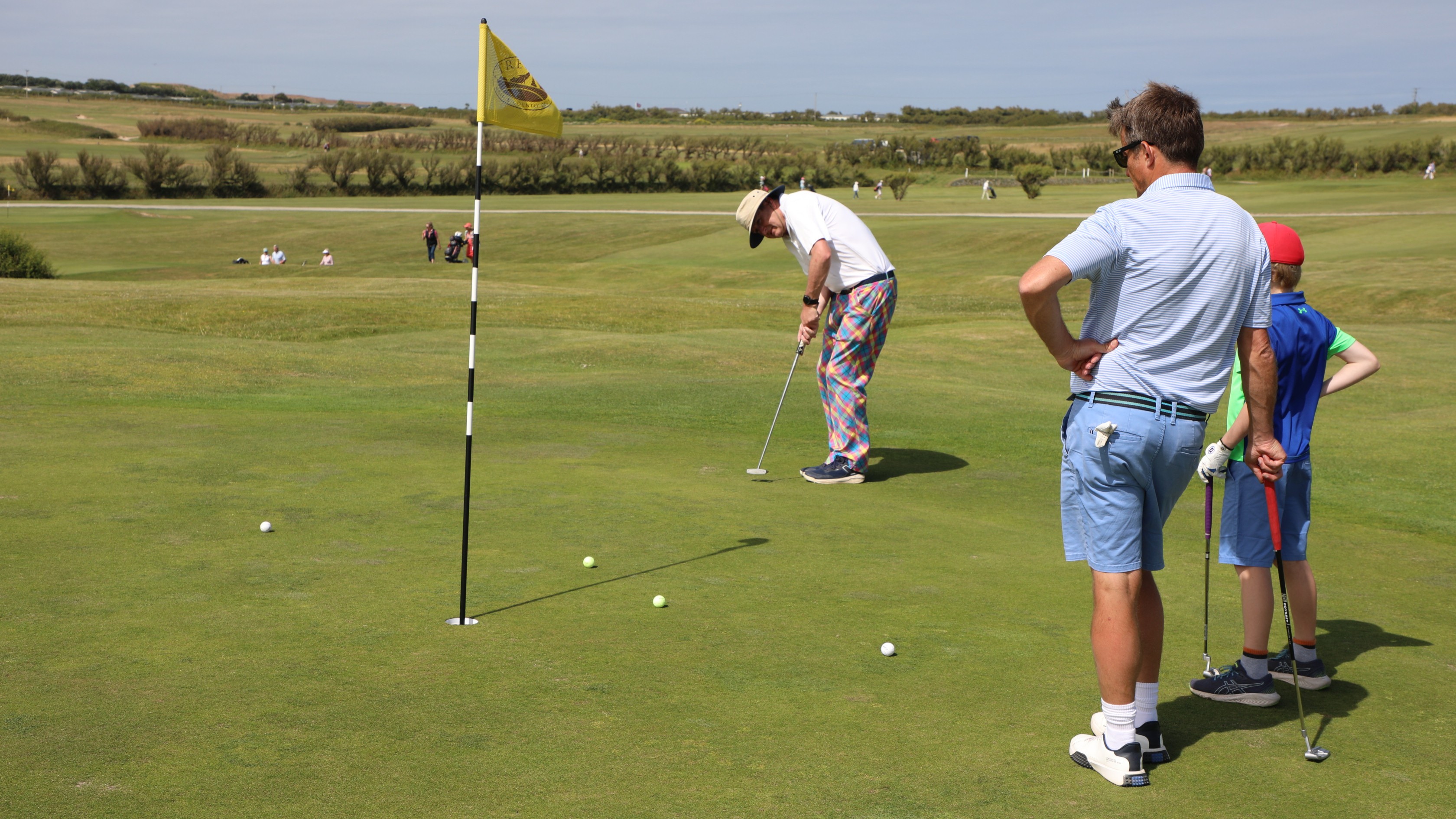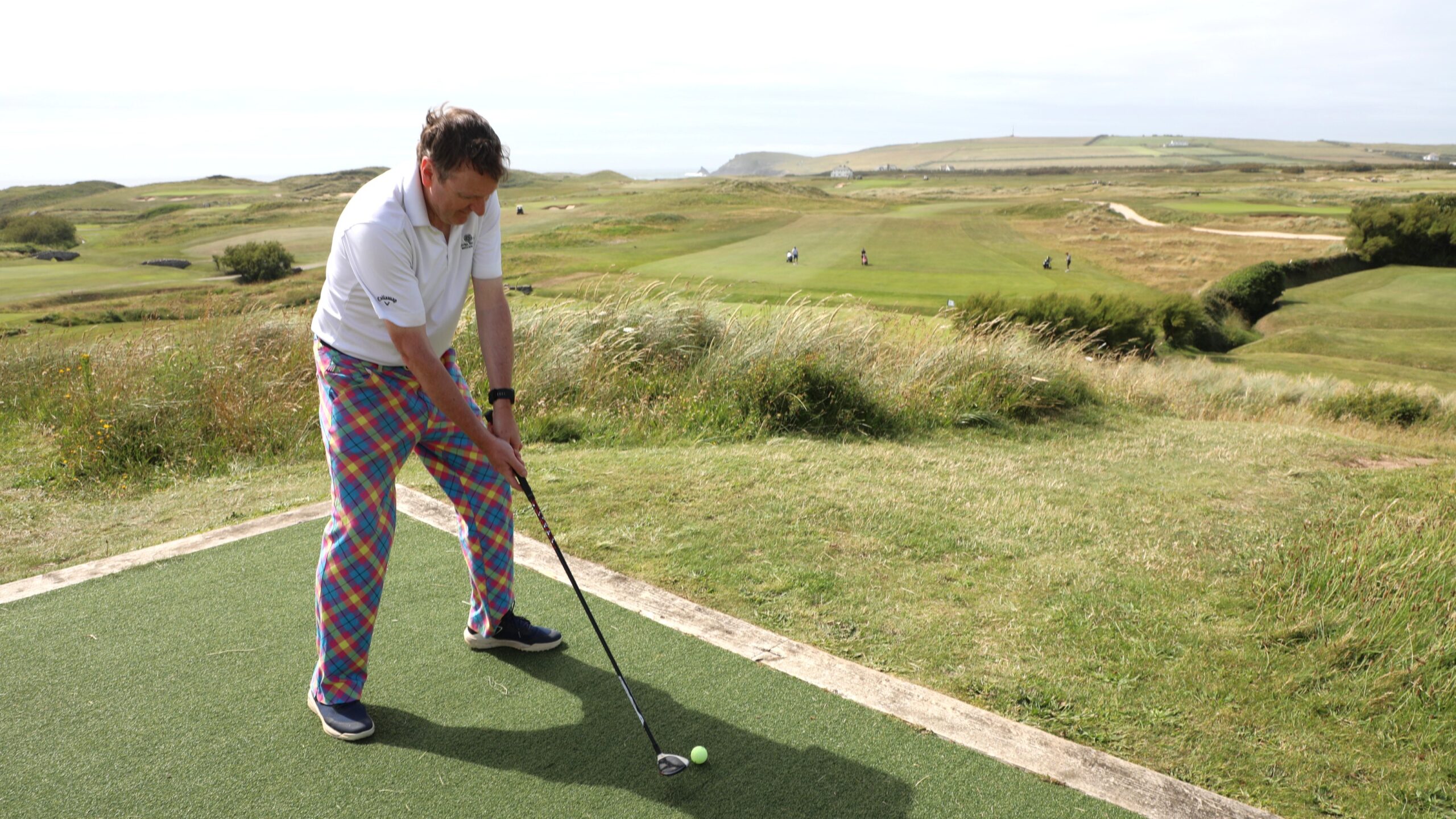Driving is the strongest part of my game – okay, least weak – and surveying the hole ahead of me, I pulled out my driver. This hole was 120 yards and, although the day had some breeze – we were playing on a links after all – it was a fairly gentle wind.
I hit a full swing, made excellent contact, and the ball soared away dead straight, landed short of the green, rolled on to the green, and then rolled across it and ended up a few yards behind the green on the flat area there.
This was golf as I had never experienced it. It was a competition to celebrate Trevose Golf Club’s centenary, played with Cayman balls on the club’s par-3 course.
The driving force behind the creation of a Cayman ball had originally come from Jack Nicklaus.
He had been asked by a developer to design a full-length course on the Cayman Islands, which was to become Britannia Golf Club. Problem was, the developer also wanted a hotel and a marina there and only had 90 acres to do all this on.
But Nicklaus had a solution.
(Image credit: Crispin Sadler)
The Golden Bear had long believed golf should consider reducing the distance the ball travelled, thereby requiring less land for golf courses with all the attendant commercial advantages this brings in terms of buying and maintaining land.
The idea was not new; nor, indeed, has this idea ever gone away. The recent decision to roll back the golf ball is recognition that the golf ball’s distance should be reduced rather than courses lengthened.
In the 1930s, golf architect William H. Diddel had had much the same idea, but was never able to obtain a satisfactory reduced-distance ball
Nicklaus knew that if such a ball could be designed, one that only went half the length of a normal ball, then the golf holes could be half the length and half the width. So the overall golf course could be a quarter of the size.
Nicklaus, at the time – this is in early 1980s – was heavily involved with equipment manufacturer MacGregor and owned a stake in the company. So he got MacGregor to design such a ball.
After spending $100,000 on research, director of manufacturing Troy Puckett came up with a suitable offering.

(Image credit: Crispin Sadler)
The Cayman ball, as it became known, is the same size as a normal golf ball and with a Surlyn cover. But it…
Click Here to Read the Full Original Article at Latest from Golf Monthly…
